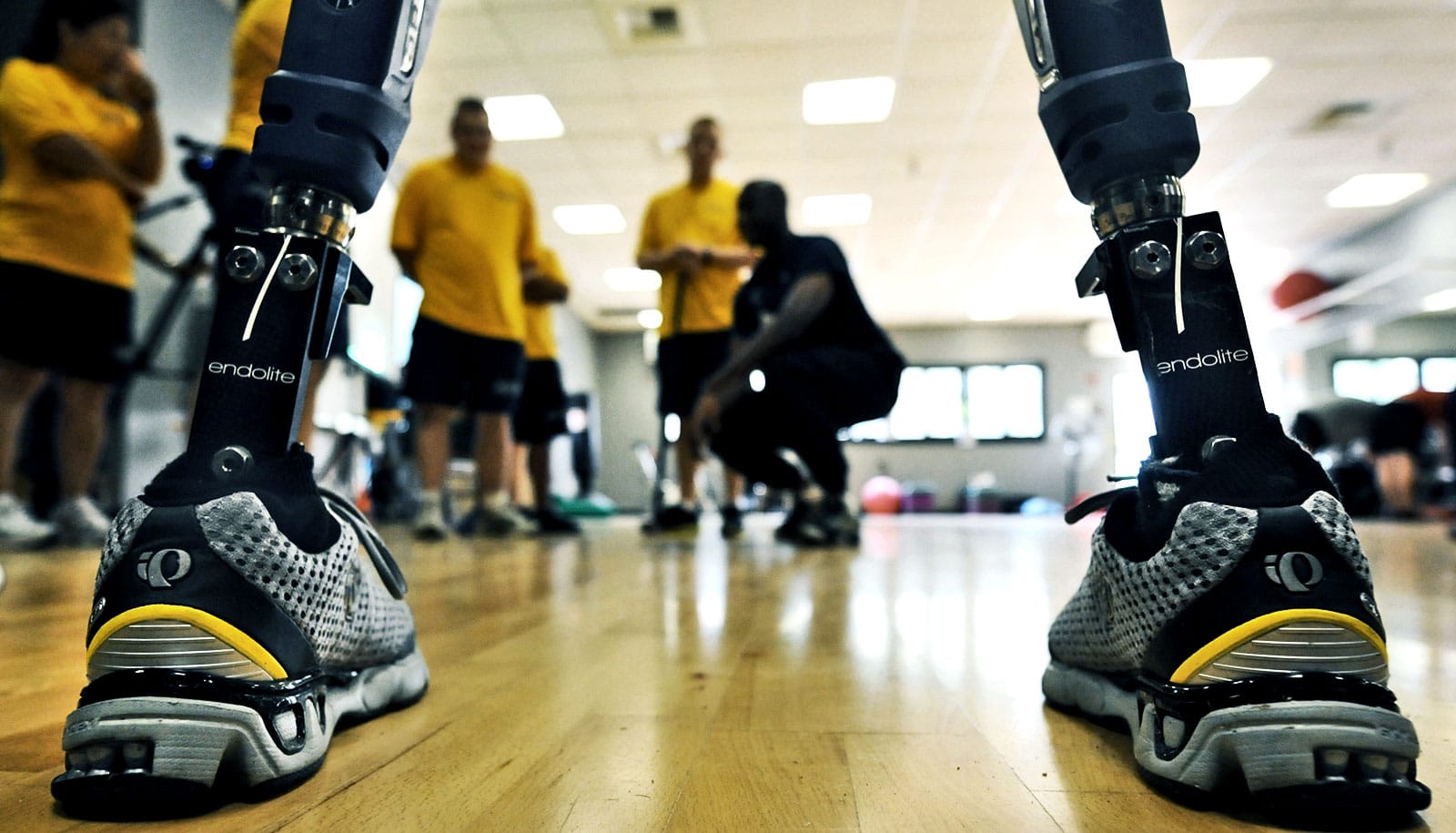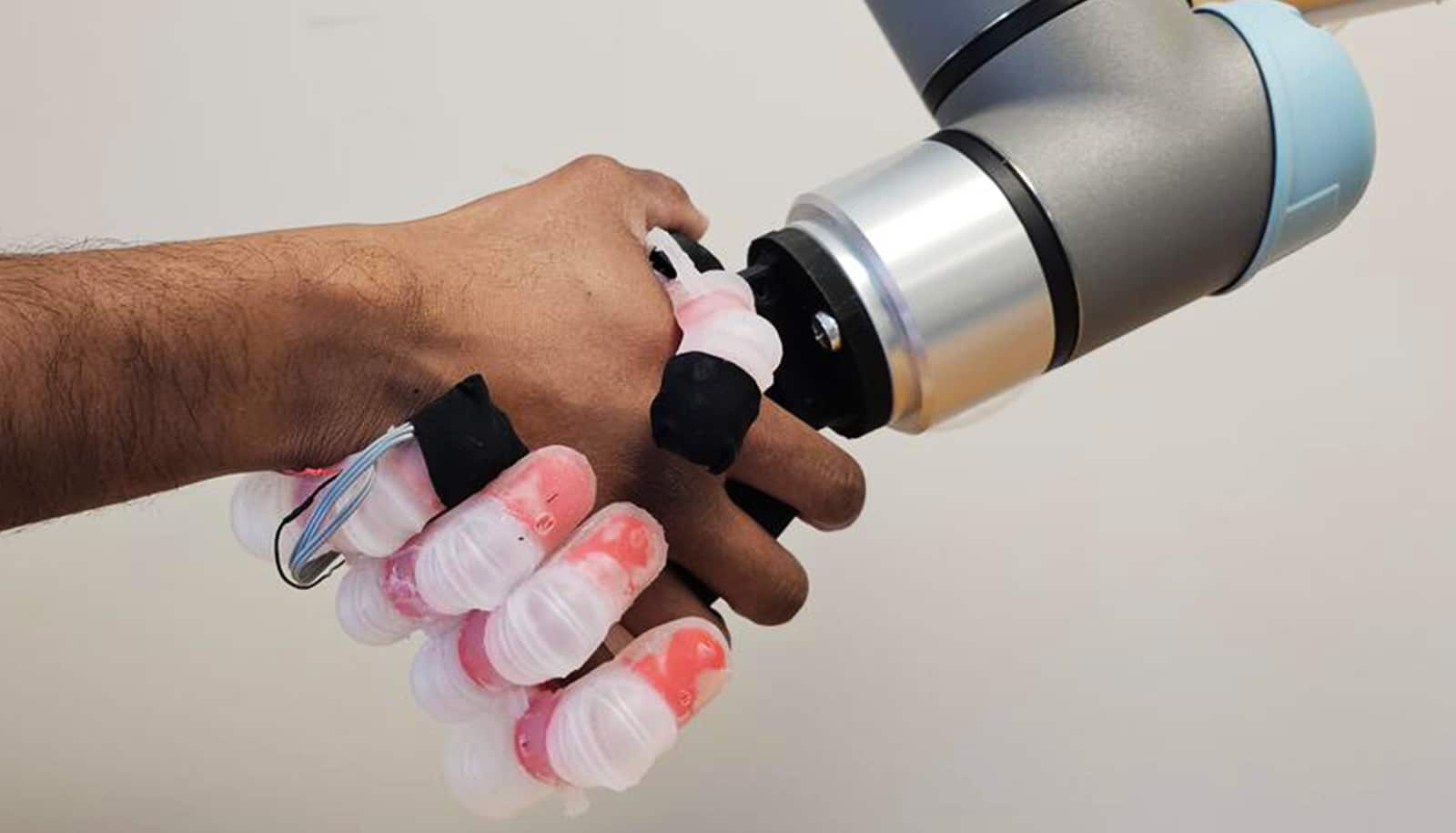Researchers are using feedback from the human body to develop designs for exoskeletons and prosthetic limbs.
The work, called human-in-the-loop optimization, lessens the amount of energy needed for walking with exoskeleton assistance or prosthetic limbs.
“…the biggest challenge has remained the human element…”
“Existing exoskeleton devices, despite their potential, have not improved walking performance as much as we think they should,” says Steven Collins, a professor of mechanical engineering at Carnegie Mellon University.
“We’ve seen improvements related to computing, hardware, and sensors, but the biggest challenge has remained the human element—we just haven’t been able to guess how they will respond to new devices,” he says.
The algorithm that enables this optimization represents a step forward in the field of biomechatronics. The software algorithm is combined with versatile emulator hardware that automatically identifies optimal assistance strategies for individuals.
How stretching skin makes prosthetic hand more useful
During experiments, each user received a unique pattern of assistance from an exoskeleton worn on one ankle. The algorithm tested responses to 32 patterns over the course of an hour, making adjustments based on measurements of the user’s energy use with each pattern.
The optimized assistance pattern produced larger benefits than any exoskeleton to date, including devices acting at all joints on both legs.
“When we walk, we naturally optimize coordination patterns for energy efficiency,” Collins says. “Human-in-the-loop optimization acts in a similar way to optimize the assistance provided by wearable devices.
“We are really excited about this approach because we think it will dramatically improve energy economy, speed, and balance for millions of people, especially those with disabilities,” Collins adds.
‘Smart’ liner detects how leg prosthetics fit
A paper describing the research appears in the journal Science.
Source: Carnegie Mellon University



